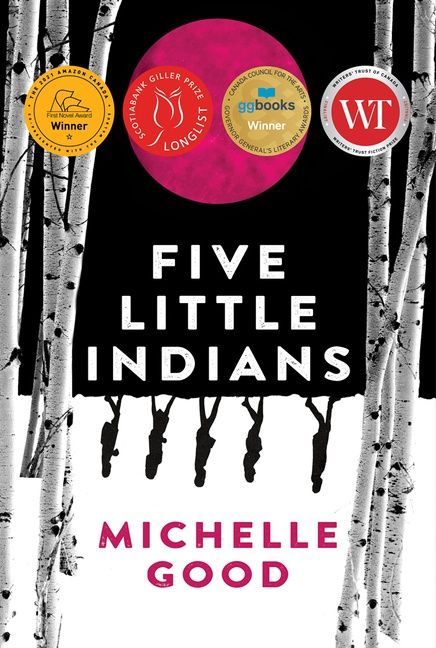Innovation storytelling isn't just limited to magazines like WIRED, blogs on Medium or TikTok videos. A powerful fictional story, like the one in the award-winning novel Five Little Indians will inform and inspire changes in the way we think and act.
But telling the right story at the right time in the right way isn't easy. Here's what I thought worked well for author Michelle Good as she tackled the difficult topic of life in and after residential schools.
- Credibility: The book is based on the real-life experiences of her extended family and community.
- Point of view: She tells each of the interwoven stories from the perspective of an Indigenous character. Which shouldn't be surprising. And was, as I realized how much of what I read is told in a white voice.
- Characters: Good created real, lovable people I could connect with and cheer for, not just anonymous interviewees we meet briefly on the news.
- Emotion: I expected this to be a heavy, difficult read. And it was in many ways. But it was also filled with the love and joy of living, learning and healing.
- Insight: The author does an amazing job of unpacking the often sanitized narrative about residential schools and intergenerational trauma. She goes beyond what happened at the Mission in the book and shows us, in painful detail, how the years of abuse the characters suffered directly affected the rest of their lives and their families. And how systemic racism across things like health care, policing, social services and the job market continued to make their lives a million times worse.
- Discovery: Through the characters' journeys, we also learn about core Aboriginal values and the real appeal of a culture grounded in love and acceptance, not hate and control.
Spoiler alert – this isn't a book with all happy endings. But it is a book that will make you feel and think differently, become more aware of racism and opportunities for reconciliation in your own life. From an innovation perspective, that's exactly the kind of shift we need to accelerate.





